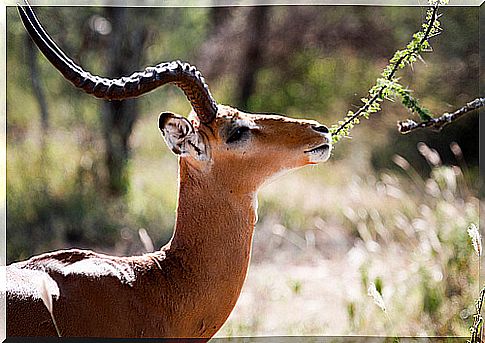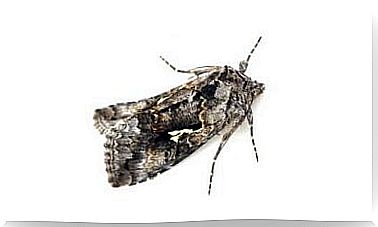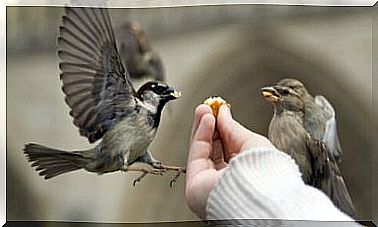Gazelle: Characteristics, Habitat And Behavior
Who has not been amazed at a running gazelle, even if he has only seen it on television? This fascinating animal is very agile and reaches several kilometers per hour. Would you like to know more about her? We will tell you!
Let’s get to know the gazelle more
features
Due to her agility, it is clear that she is slim and with very long and thin legs, which helps her reach speeds of 100 kilometers per hour and maintain a long-term march of about 50 kilometers per hour.

The most common gazelles are those of grant and that of thomson, being different from each other.
Grant’s gazelles
For example, the Grant is strong and robust dark yellow in color, and has a black stripe on the top of its hind legs, while the inside of the legs will be white. It is large in size, as it can measure 90 centimeters in height and weigh from 55 to 80 kilos. Their horns are long and robust, curving first forwards and then backwards.
Observing the horns certainly helped professionals determine the types of gazelles that exist. In females they will always be slimmer and smaller.
Thomson’s gazelles
Thomson’s has a black band over its entire body, which is brownish to yellow in color, and its tail, unlike the previous one, is covered with long hair.
It is smaller in size than the Grant and usually weighs between 20 and 30 kilos. Their horns can reach 30 or 40 centimeters and curve backwards, although their beaks do so forwards.
Besides these, there are at least 16 other known classes of gazelles.
Habitat and behavior
This agile and fast animal lives in the African savannah and in Southeast Asia, usually in plains and open spaces with little vegetation, or of small dimensions. In doing so, you benefit your career and your needs.
In addition, it also allows them to be alert to predators, since they even sleep little, as with one eye open, one could say, so as not to be surprised. Many times they are caught lying on the ground, but they are always alert and waiting for what might happen.
Thomson’s gazelle has a peculiar way of dealing with danger: it makes a characteristic and highly exaggerated leap called “stotting”. This consists of jumping up with the head and legs rigid and the tail taut, while bouncing on the ground several times in a row. This way you can warn the other gazelles of the danger and all of you can run together. In addition, it is a show of power to the enemy.
The main predators of gazelles are as follows, in this order:
- Leopard
- Lion
- Crocodile
- Hyena
- Cheetah
Feeding
Gazelles are herbivorous, as their food is shrubs, herbs and any plant they find that has enough fluids to overcome the heat of their habitat and not become dehydrated. Sometimes they eat insects and larvae, but this is not the usual thing.

Reproduction of the gazelle
When the females go into heat, the males fight each other to get to mount the female. They are short fights, and although at first glance they seem to be playing, many specimens end with broken or chipped horns.
Despite the fact that they are silent animals, in the courtship they emit very characteristic grunts that they know how to identify among themselves. Of course, they do it in low sound.
The gazelle’s mating date includes the months of September to November, causing the young to be born in the spring.
What did you think of learning more about the gazelle? Getting close to animals, even those that are not within our reach, allows us not only to fill ourselves with knowledge, but also with love for them.
Image source: Allan Hopkins, Allan Hopkins and









